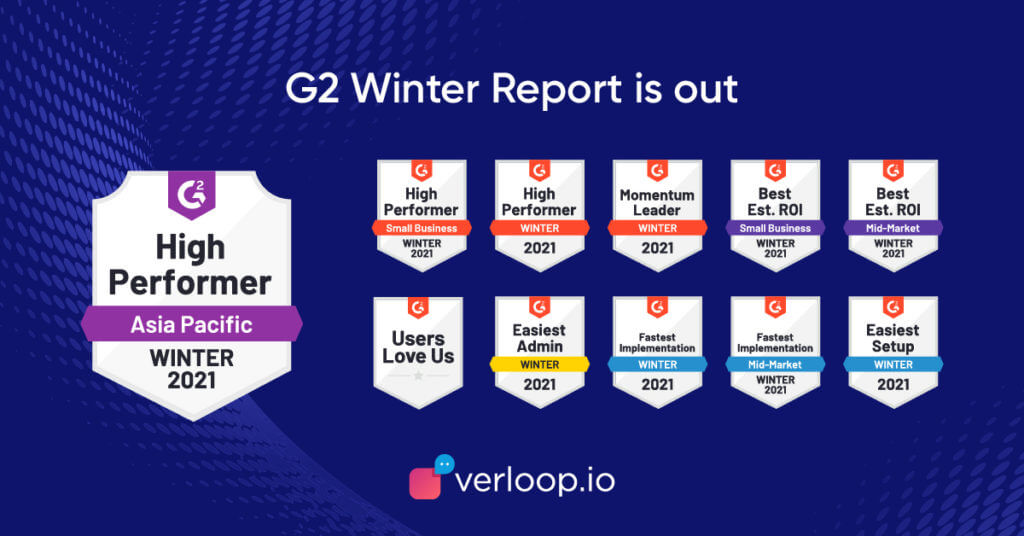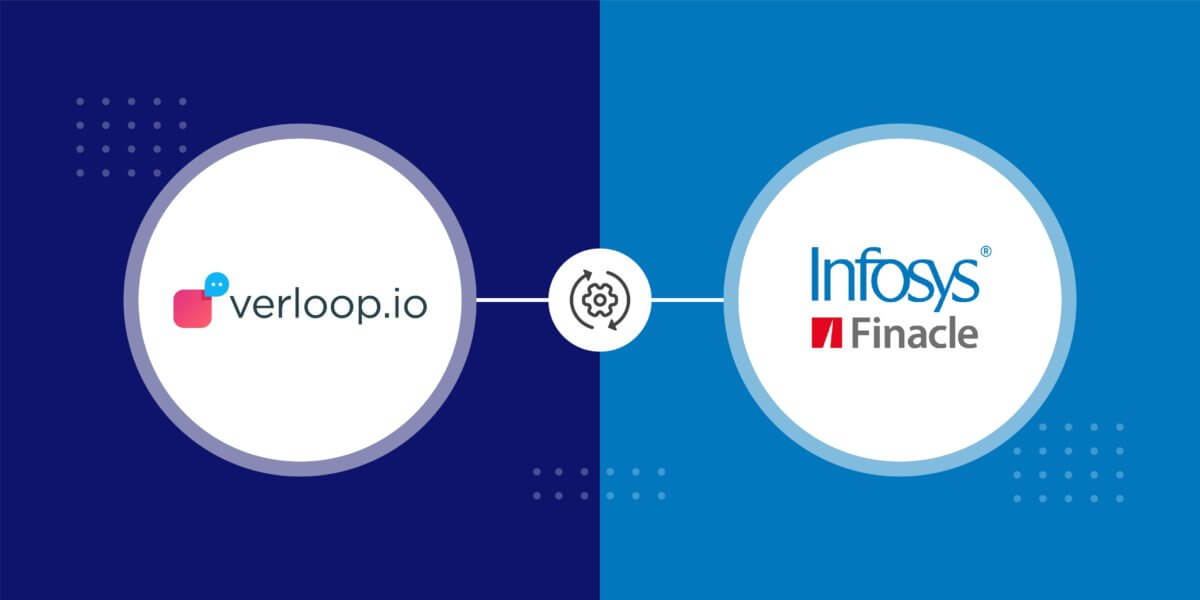Journey Towards Building a Product That Users Love

Journey Towards Building a Product That Users Love
Small features & fixes can create big product wins! We explore how Verloop.io made significant jumps in its user NPS.
In June, we had an NPS (Net Promoter Score) of 0, i.e. we had exactly the same number of detractors and promoters. By all means not the best situation as a B2B product. The average NPS of B2B products is ~20-30 (Source 1, Source 2) and we were far behind.
This needed our immediate attention, as NPS directly impacts churn and referenceability. Hence, we decided to remedy this and the Product, Design and Engineering teams took this as their quarterly OKR (Objectives and Key Results). Our goal was to reach an NPS of 15 by the end of September 2020.
Challenges
Being a small Product and Design team, the user research function was limited in capacity. This meant we didn’t have continuous user feedback and only discrete qualitative insights existed.
User event data was scattered across different platforms and getting a comprehensive picture was a challenging task for the Product Manager. This meant making data-driven decisions was tough.
Our knowledge of our core user group, i.e. Support Agents, was limited, and knowing & understanding this user group was key to building a better product.
Opportunity
Once we started digging through more data, we realised our NPS surveys (which runs regularly) had enough qualitative data to give us a direction for further investigation.
We also realised our ability to do quick & dirty user research.
Another important source of data was our business teams (Sales, CSM, Implementation teams, etc.) Interviewing them also gave us an initial insight into the user persona and the user’s needs and problems.
Action
We divided our action plan into three parts: long-term strategic action items, short-term quick tactical wins & a flexible roadmap to accommodate new learnings.
Long-term Strategic Action Items
- We established a user research function that is a continuous onus of Design and Product teams. This will help us be empathetic towards our users and understand them better.
- We set up amplitude to have a better understanding of usage data, especially frontend events, to understand our user’s usage patterns. This made sure all our user events data is well tracked and segregated.
- We picked just one large story based on the NPS survey feedback and didn’t over-commit in the initial roadmap.
Short-term Tactical Wins
- We identified key stories which were smaller in scope but caused bigger experience issues such as the ability to configure away time for agents, warning users about malicious files, etc.
Suggested Reading: Bam! Verloop.Io Just Got Extra-Secure
A Flexible Roadmap to Accommodate New Learnings
- We decided to keep our roadmap flexible, to accommodate anything that came up during our user research, and it did. We learnt about multiple small things which were bothering the users. Even our NPS collecting widget had UX issues which forced users to give us a bad NPS rating.
This All Resulted in Multiple Wins:
- Laid path for good long-term product and design practices
- Made our user experience better by fixing small and big user experience issues
- Introduced new features which users needed
- Delighted internal teams by fixing pending issues and having a more predictable shipping culture
Leap in NPS
- Our NPS jumped by 35 points in a quarter
‘Users Love Us’. We’re Not Saying It, G2 Crowd Is!
“sangat bagus dan membantu untuk transaksi store mendapatkan customer” – Customer Support Agent at a South East Asian retail & e-commerce major, Jakarta
“Good to use and it helps add more support to our business. Actually, this helped us so much” – Administrator Customer Support at one of the largest ride-hailing companies, India

Suggested Reading: “Users Love Us”; We’re Not Saying It, G2 Crowd Is!






